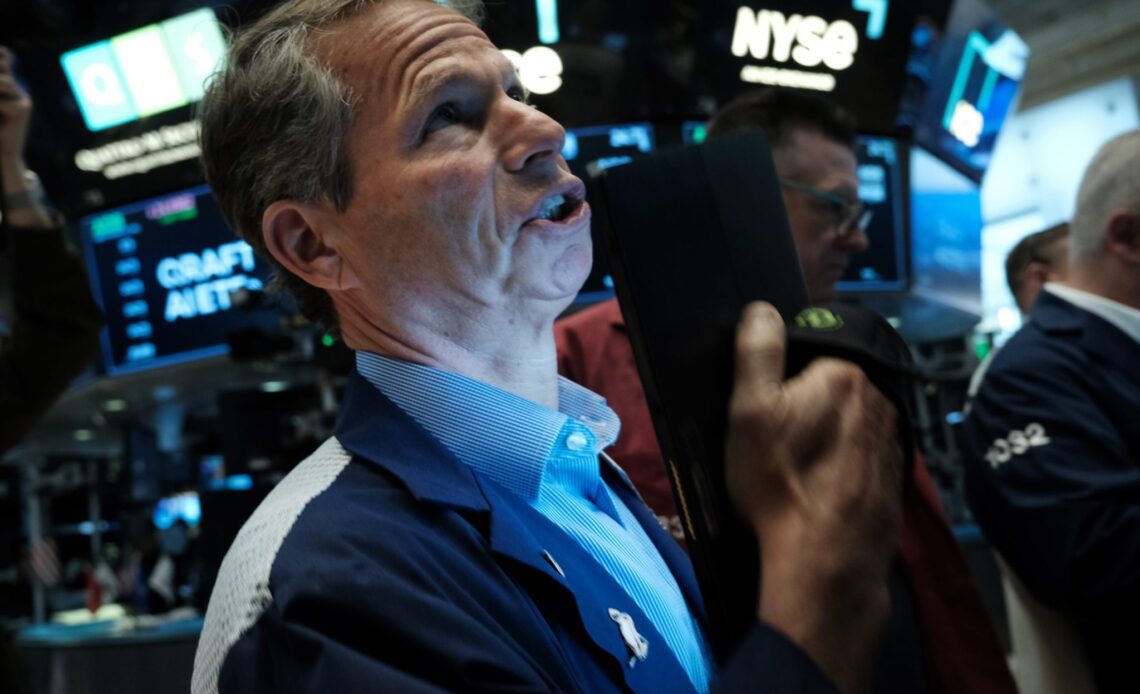Copper prices have fallen more than 16% from their $9,435 per tonne January high. The metal is now trading at its lowest level since November at around $7,900, and is just four percentage points away from officially falling into a bear market. You might ask: So what? Most people don’t go to the copper store once a week or even a year and it’s not a metal that usually touches people’s waking lives. The thing is, copper prices have been a reliable recession indicator over the past 30 years.
Although you may not think of it often, copper is the third most consumed metal globally and is used across a variety of industries, from construction to elections, because of its resistance to corrosion and ability to conduct both heat and electricity. The metal is such a critical facet of the world’s economy that analysts often use it as a gauge of industrial and consumer demand as well as a recession indicator, giving it the nickname “Dr. Copper.”
Unfortunately, the patient was a bit worse for wear at their latest check-up with the doctor. Natalie Scott-Gray, a base metals analyst at broker StoneX, told the Financial Times Thursday that copper prices’ recent drop is a worrying sign for the global economy. “It’s the first physical evidence we’re seeing that demand is being impacted worse than expected in the west,” she said.
Chris Verrone, head of technical and macro research at Strategas Research Partners, pointed to the ratio between copper and gold prices as a way to “get a sense of what the market thinks about economic activity moving forward” in a recent research note. Because copper is used widely in the real economy, while gold is used primarily as a safe haven asset by investors, when gold prices rise in relation to copper, it can be a sign that businesses are spending less and investors are preparing for an impending economic slowdown. And “the copper-gold ratio has weakened, suggesting softer economic activity ahead,” Veronne explained in an email to Fortune.
A post-COVID lockdown economic recovery in China, the largest consumer of refined copper, was supposed to drive copper prices higher this year, but so far, the nation’s modest growth targets have failed to spur demand.
“The bullish scenario was all based on a China rebound which hasn’t materialized as we in the west suffer from an economic slowdown,” Al Munro, a metals strategist at the London-based broker Marex, told the Financial Times this…
Click Here to Read the Full Original Article at Fortune | FORTUNE…


